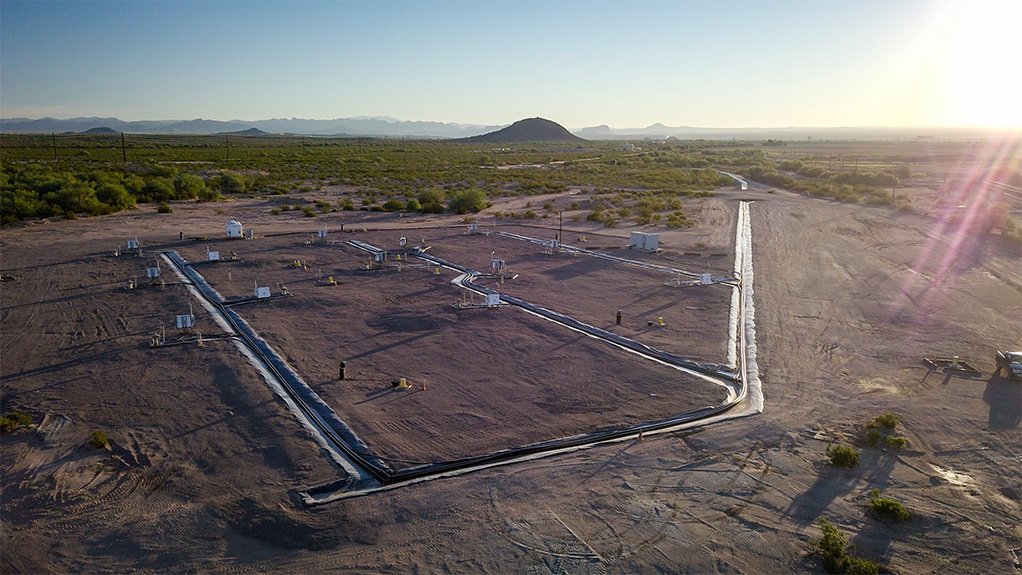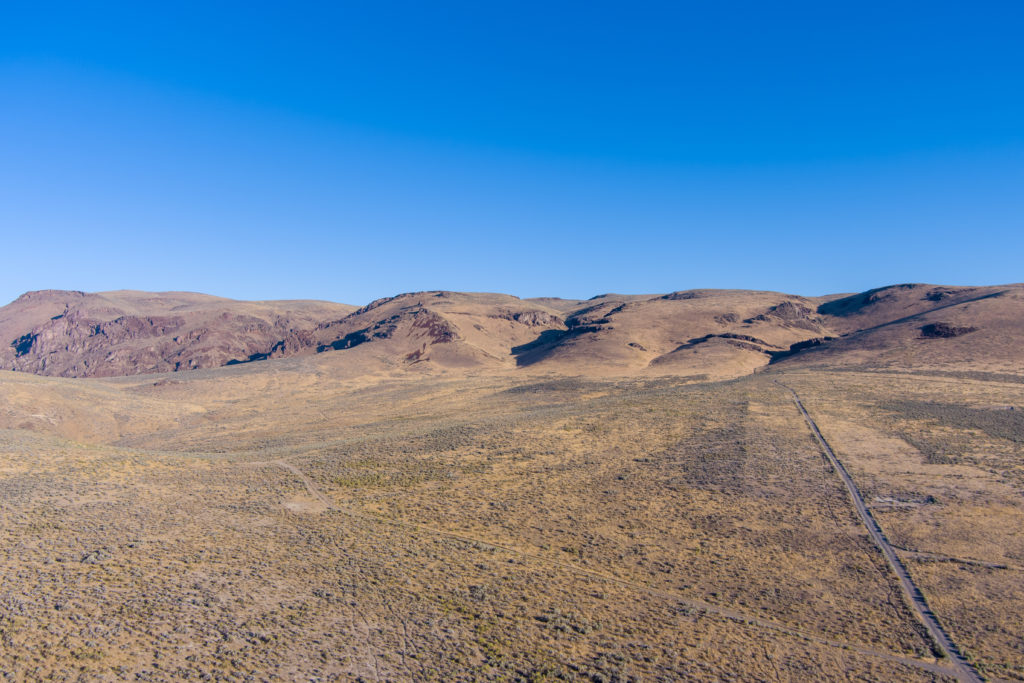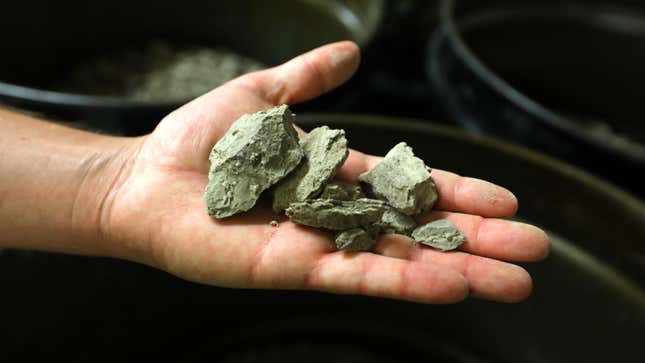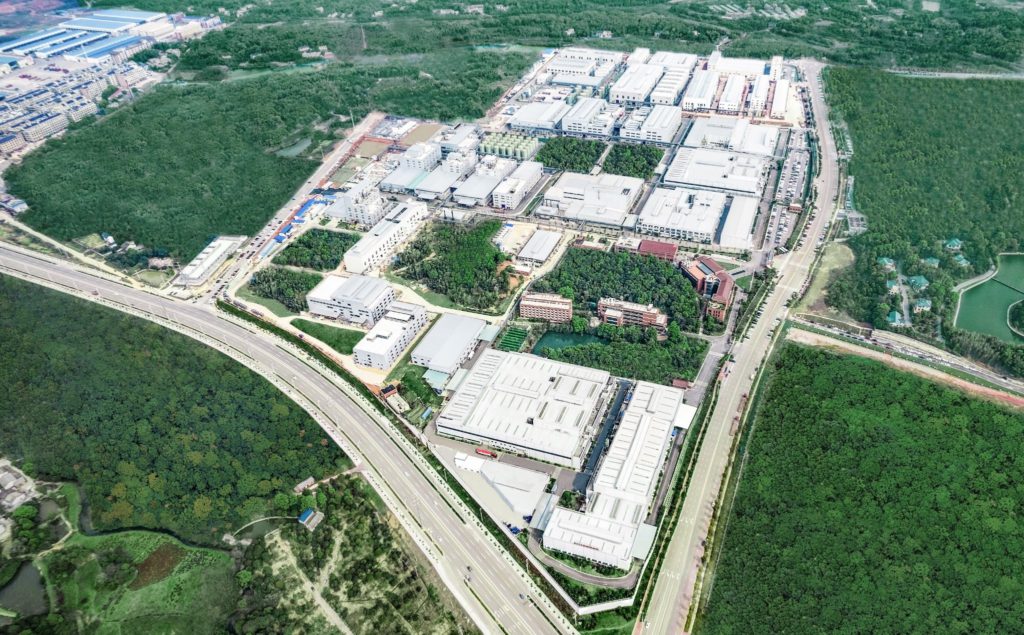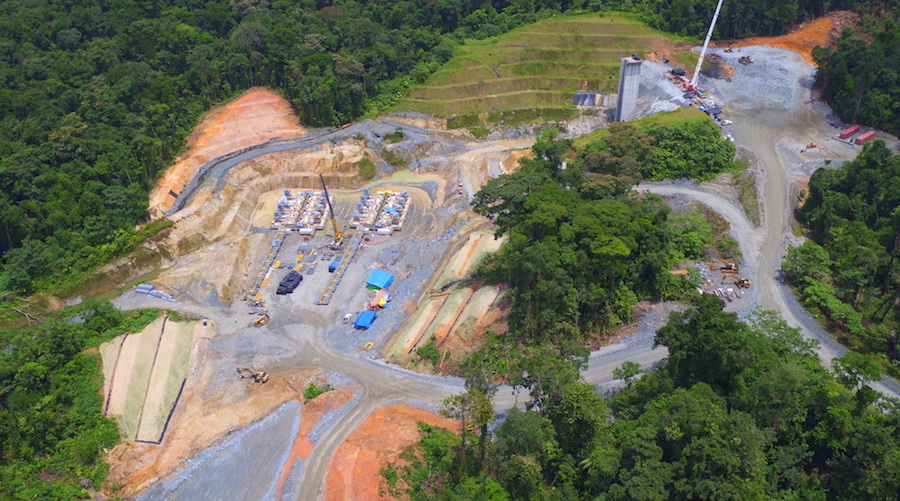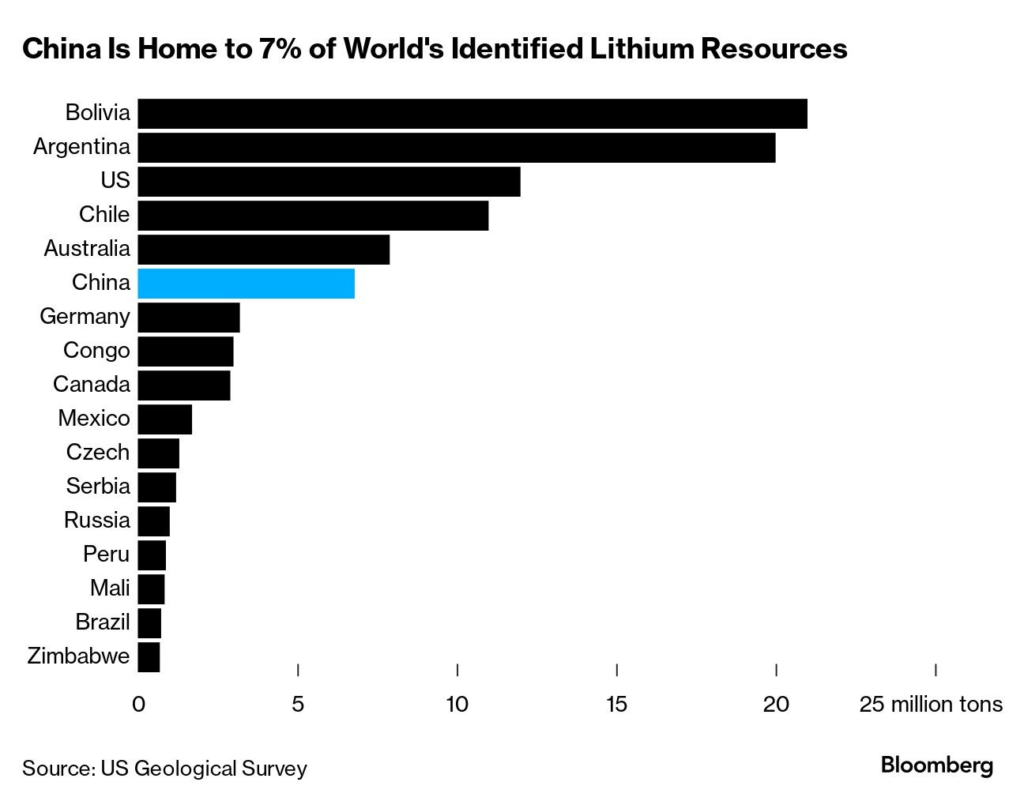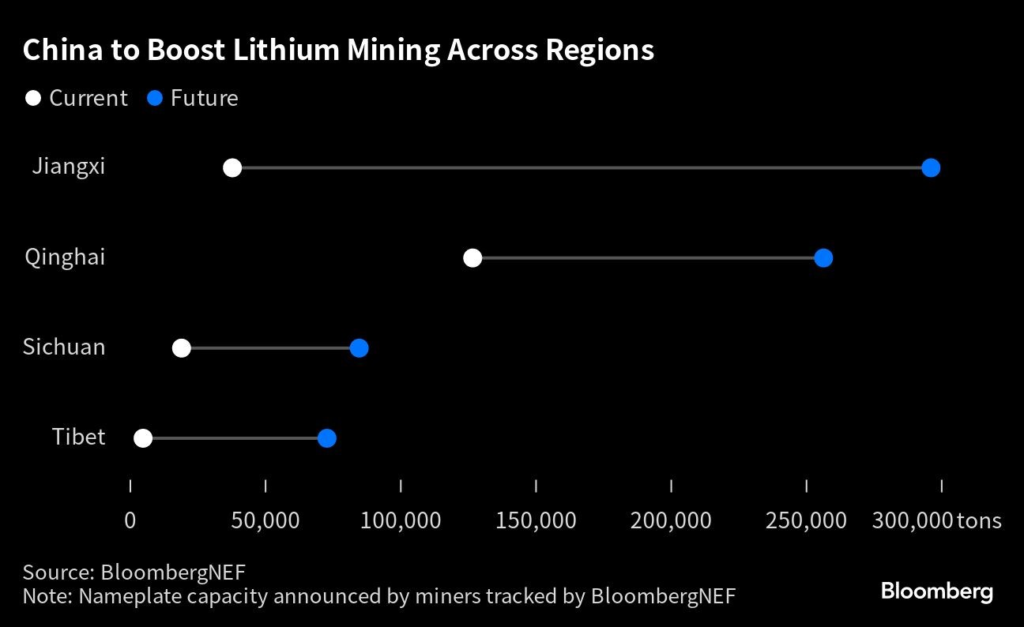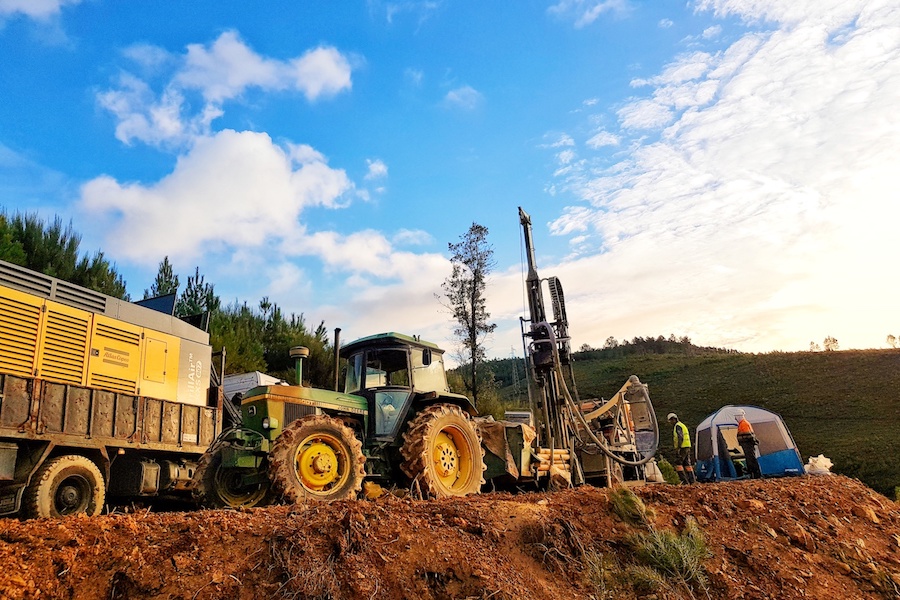SNC-Lavalin is changing its name to AtkinsRéalis as it faces an "inflection point" in its 112-year history, according to CEO Ian Edwards, after a tumultuous decade for the engineering giant.
The rebrand follows 11 years marked by trouble with the law, including the Libya corruption scandal that tarnished its reputation and ensnared the highest office of the Canadian government, as well as lacklustre earnings at times.
The company also hopes to shed the costly backlog of big, over-budget rail contracts that has plagued it for years and launch expansion plans after a steady slim-down regimen and, until 2021, declining revenue and headcount.
"Four years ago when I became the CEO, I think we were very transparent: We said there's a part of the company which is excellent, performs really well; there's parts of the company which don't ... We're going to stop doing what's not working, we're going to do more of what working really well," Edwards told The Canadian Press in an interview.
"From here, it's all about growth."
The name change to AtkinsRéalis signifies an "inflection point" for the firm and offers a greater sense of belonging to employees who work for its subsidiaries, Edwards said.
The company sold its unprofitable activities in the oil sector two years ago for a fraction of what it had paid in 2014 and no longer bids on fixed-price construction contracts due to frequent cost overruns, which are typically borne by the contractor.
Last month, less than five years after SNC embarked on a mission to streamline its operations, Edwards told analysts on a conference call the company aimed to blaze a "methodical" trail of mergers and acquisitions starting as early as 2024.
In this week's interview, he said the company will focus on mostly U.S. acquisitions, with two deals "probably" coming next year, followed by more in 2025. “We will start small, and we'll do it very, very step by step. We're not going to go into big M&A," he said.
The hoped-for turning point could mark the end of a long purgatory for SNC investors. The stock has traced a solid recovery since the start of the year, rising more than 75 per cent to top $43 per share. But the price remains at levels comparable to 2012, when questionable practices first surfaced and prompted the departure of former chief executive Pierre Duhaime.
Doubts persist in the financial community that SNC's newfound momentum will continue, particularly given its inconsistent performance over the years, said National Bank analyst Maxim Sytchev. But those worries can overlook the fact the company has a new management team and board of directors, he added.
"While we think that while margin expansion is certainly possible, it is by no means an easy task," he said.
The Montreal-based company said its symbol on the Toronto Stock Exchange will change from SNC to ATRL as of Monday, Sept. 18.
The moniker "SNC" stems from early partners Surveyer, Nenniger and Chênevert, after whom the company was officially named in 1946, with the title later shortened to the three-letter abbreviation. SNC merged with its heavily indebted chief rival Lavalin in 1991.
The company says its new name combines "Atkins" — the U.K.-based engineering firm WS Atkins it bought in 2017 — with “Réalis," a word "inspired by the city of Montreal and the company’s French-Canadian roots," the company said in a release Tuesday.
“'Réalis' also resembles the verb 'to realize' or 'to make happen' which emphasizes our focus on outcomes and project delivery."
The ongoing francophone emphasis is key. Edwards, who hails from the United Kingdom, cancelled an English-only speech in 2021 in the wake of controversies over unilingual anglophone CEOs' serving atop several Montreal-based companies.
Asked if the identity shift might mark a break with the firm's Montreal history, Edwards smiled.
"You know, we acquired Atkins. So it's not like a reverse," he said.
"We're kind of hoping that the 'Réalis' part of the name put those fears to bed ... This is absolutely staying a Quebec-based business with a head office in Montreal. Because there's no plans to move."
This report by The Canadian Press was first published Sept. 12, 2023.
